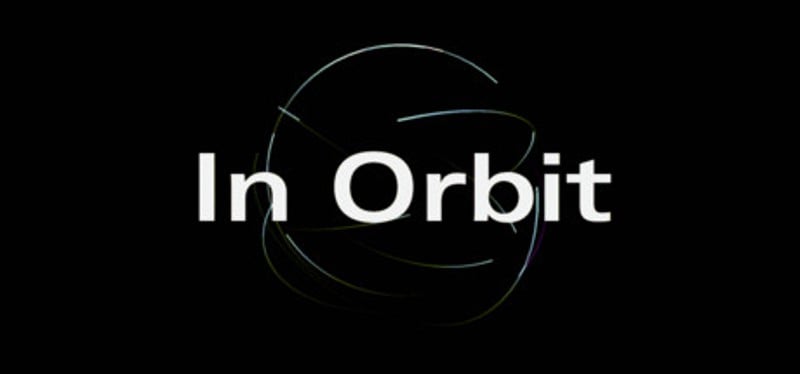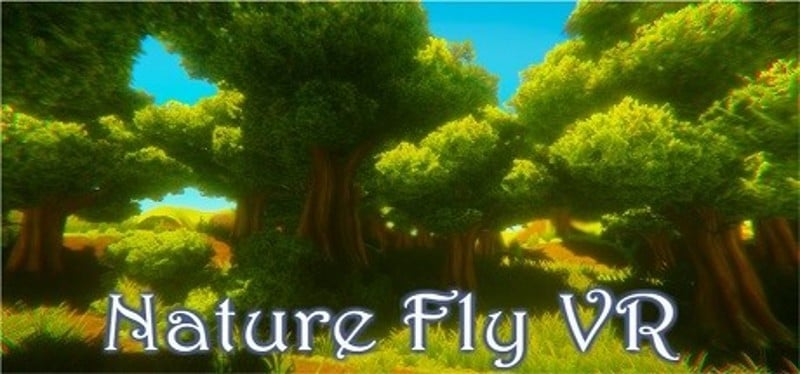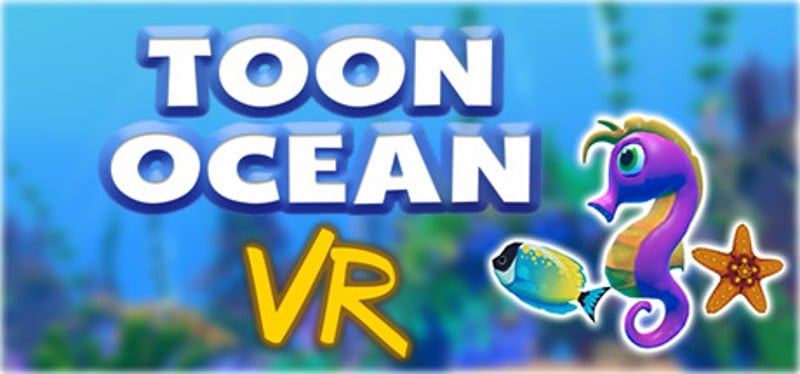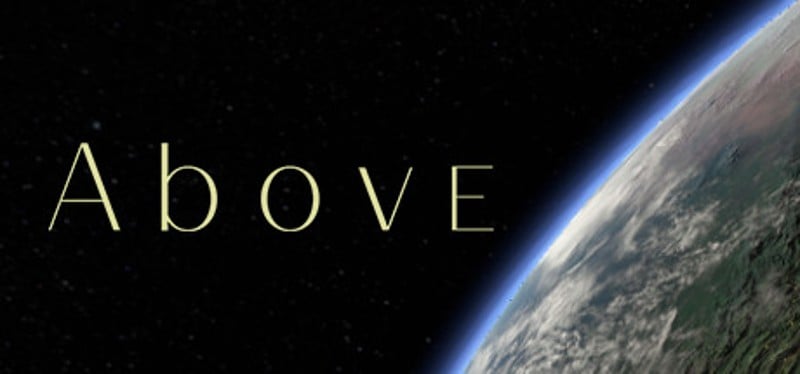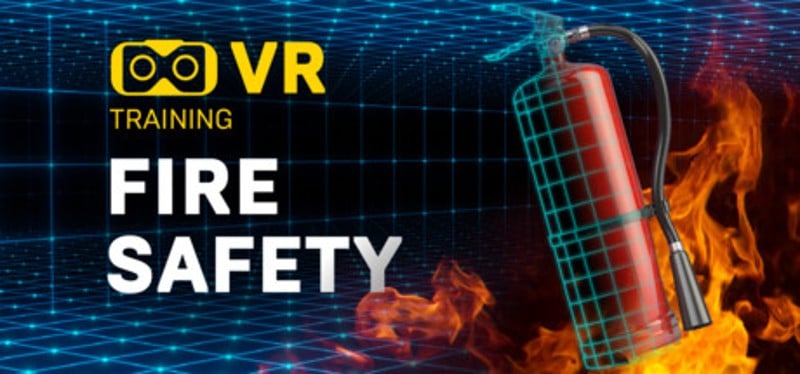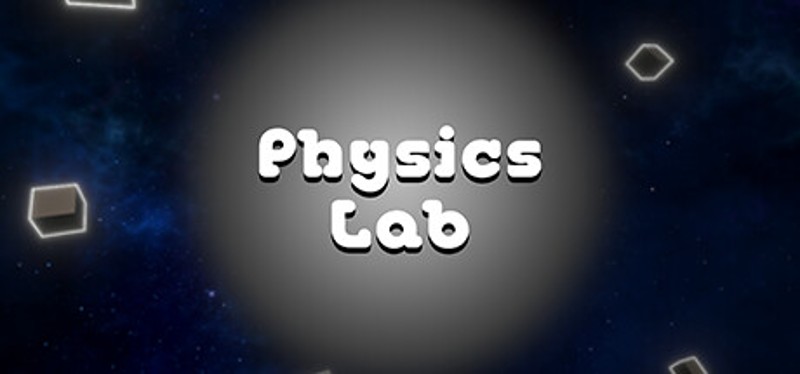About
In Orbit transforms data collected by NASA’s “Eyes on Earth”—the satellites relaying information about our climate, oceans, and soil from space—into a multisensory, interactive experience that celebrates the marvelous complexities of our planet and our drive to unravel them.
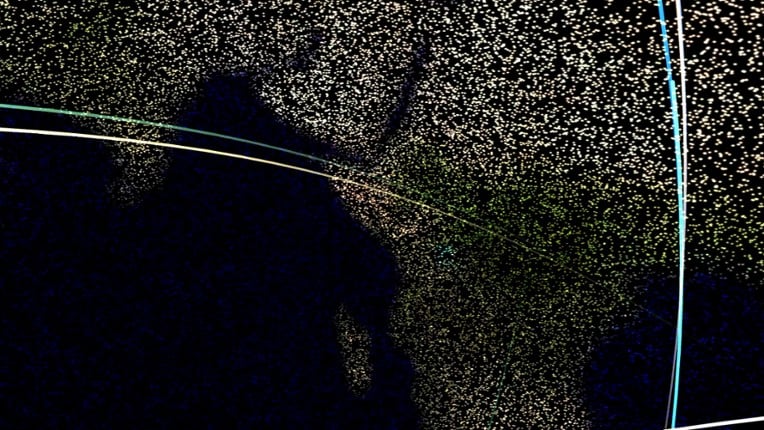
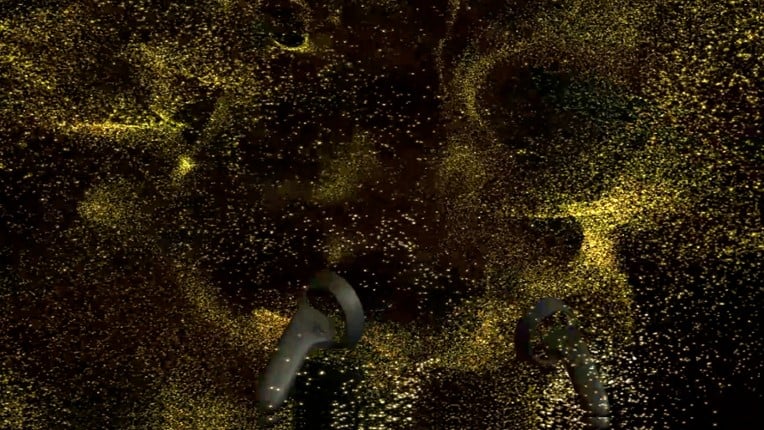
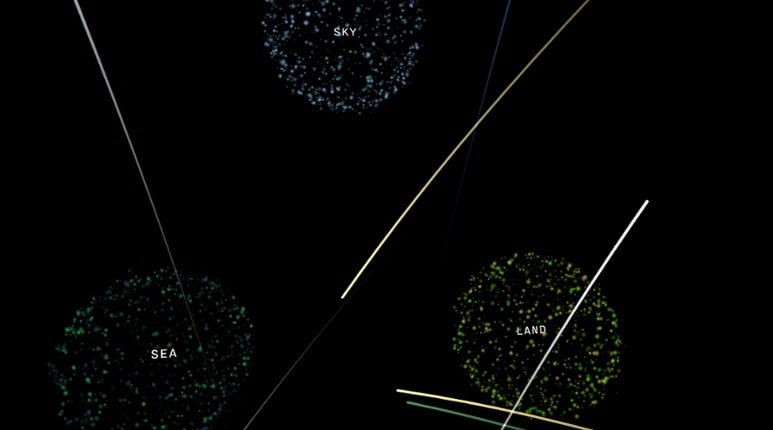
Audience ScoreBased on 11 reviews
graphics3 negative mentions
- The experience is free, making it accessible for anyone to try without financial commitment.
- It offers a visually interesting particle simulation that can be immersive and relaxing for a short period.
- It may serve as a unique introduction to VR for newcomers, providing a trippy experience with light particles.
- The experience lacks depth and educational value, failing to effectively teach users about the data it presents.
- There is no real game loop or interactive feedback, making it feel more like an art exhibition than a game.
- The visuals are described as muted and bland, and the overall experience is very short, leaving players wanting more.
graphics
1 mentions Positive Neutral NegativeThe graphics have been criticized for their muted and bland 3D visuals, lacking vibrancy and impact.
“Worse than that, the 3D visuals just don't really pop; they look muted and bland.”
“The graphics feel outdated and lack the detail expected from modern games.”
“Character models are poorly designed, making it hard to connect with the game.”
